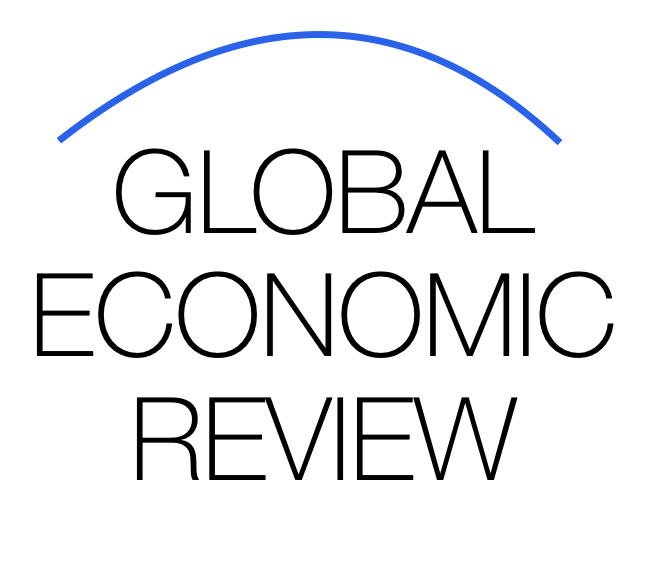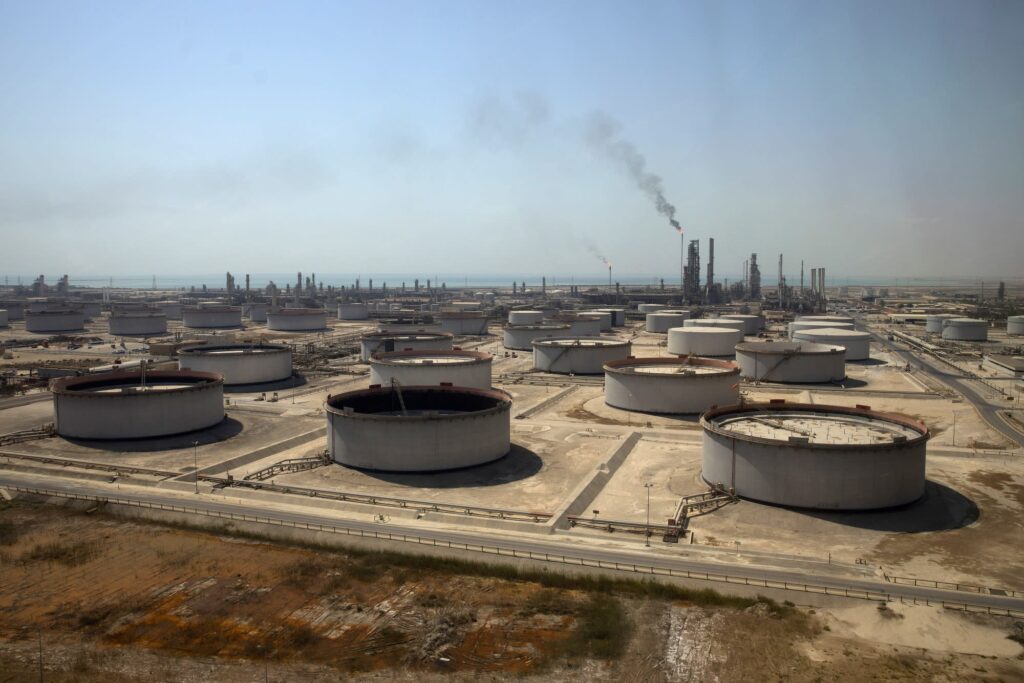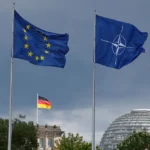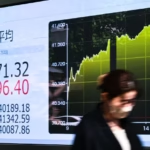Why New US Sanctions on Rosneft and Lukoil Could Reshape the Global Oil Market

In a move that signals a dramatic escalation in the economic confrontation with Russia, the United States has imposed major new sanctions on Rosneft and Lukoil—the country’s two largest oil companies. Washington says the sweeping restrictions are designed to force Moscow to the negotiating table over Ukraine, but analysts warn the impact will be felt far beyond the battlefield. From global energy prices to political alliances in the Middle East and Asia, the ripple effects of this decision could reshape the world economy.
A New Phase in Sanctions Warfare
While the United States and European Union have sanctioned thousands of Russian banks, companies, and individuals since the beginning of the war in Ukraine, energy giants Rosneft and Lukoil had largely been spared from full-scale penalties—until now.
The new measures:
- Freeze all US-based assets of Rosneft and Lukoil
- Ban American firms and citizens from conducting business with either company
- Target subsidiaries and international trading partners involved in Russian crude exports
- Introduce secondary sanctions, punishing foreign companies that help Russia evade restrictions
This marks one of the toughest sanctions packages since the Cold War, signaling Washington’s determination to squeeze Russia’s primary economic lifeline: oil exports.
Why Target Rosneft and Lukoil Now?
The timing is not accidental. Ukraine’s counteroffensive has stalled, Western funding is under political stress, and Russia has stabilized its economy through high oil revenues. Moscow now earns over $300 million per day from energy exports, allowing it to finance the war and adapt to earlier sanctions.
The goal of the new sanctions is clear:
- Cut Russia’s war funding
- Force Moscow into ceasefire negotiations
- Break Russia’s growing oil alliances with China, India, and Iran
- Show global resolve amid increasing war fatigue in Europe
According to US officials, the move is part of a broader “economic pressure reset” aimed at reasserting Western leverage.
The Oil Shock Question: Will Prices Spike?
Analysts warn that sanctioning Russia’s biggest oil firms could trigger a new energy price shock, possibly pushing oil prices back above $100 per barrel. The impact depends on how aggressively the United States enforces the penalties and whether major buyers like India and China comply—or defy—Washington.
Russia currently exports:
- Over 7 million barrels of oil per day
- Half of it shipped to China and India
- Increasing volumes routed through Persian Gulf and African intermediaries
If sanctions significantly disrupt Russian supply, Western economies could feel the blow through higher fuel prices, inflation spikes, and renewed energy crises.
Global Reactions
Russia
Rosneft blasted the sanctions as “economic terrorism,” while the Kremlin vowed retaliation, possibly through:
- Restrictions on Western companies still operating in Russia
- Cyberattacks against US energy infrastructure
- Gas supply disruptions to Europe via Turkey
Europe
European governments—already bruised by two winters of energy instability—expressed concern but cautious support. Some NATO members fear Moscow could retaliate by halting diesel exports or cutting uranium fuel supplies used in European nuclear plants.
India and China
Both countries have become lifelines for Russian oil and called the US move “unilateral and unacceptable.” India has hinted that it may continue buying Russian oil if sold below market price, while China condemned the sanctions as “illegal interference.”
The Rise of a New Oil Order
The sanctions may accelerate a historic realignment in global energy:
- Russia deepens its oil partnership with China and Iran
- The BRICS+ economic bloc gains influence as Western sanctions expand
- Digital oil trading bypassing the US dollar may surge using yuan and dirham
- Gulf states like Saudi Arabia and UAE emerge as crucial geopolitical power brokers
Meanwhile, the West is rushing to secure new energy supply chains from Africa, Latin America, and the US shale sector.
Could This Bring Moscow to the Table?
The sanctions are designed to create a financial squeeze significant enough to force Russia to restart peace talks with Ukraine—but not so severe that it triggers a total global energy crisis. Whether that delicate balance holds remains uncertain.
Some experts believe Russia will adapt, using shadow fleets and hidden tanker networks to continue oil flows. Others warn the sustained economic pressure could cause long-term damage to Russia’s oil infrastructure and future output.
Conclusion
The United States has opened a new front in the war over Ukraine—fought not with tanks, but pipelines, markets, and currencies. By hitting Rosneft and Lukoil, Washington has made clear that the battlefield now includes the global economy itself. The coming months will reveal whether this bold move accelerates peace—or ignites an energy war with unpredictable consequences.




















